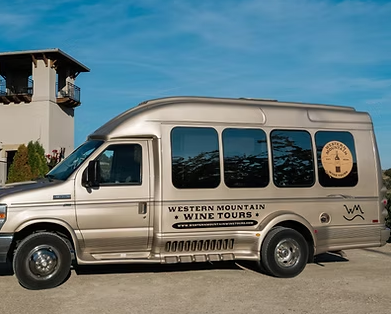Seeing the world of wine tasting near Boise, Idaho, is an exciting experience that goes beyond simply drinking. By engaging all your senses, you can fully appreciate each layer of aroma and taste. If you’re a beginner or an experienced wine lover, mastering a few expert techniques can improve your tasting adventure.
1. Observe the Wine’s Appearance
Before taking a sip, examine the wine’s color and clarity. Hold your glass against the light and notice its hue. Red wines can range from deep purple to brick red, while white wines vary from pale yellow to golden tones. A well-crafted wine should appear bright and clear, not cloudy or dull.
2. Swirl to Unlock Aromas
Gently swirl the wine in your glass to allow oxygen to interact with the liquid. This process improves the aromas, intensifying the fragrance before you take your first sip. Avoid excessive swirling, as too much aeration can weaken delicate notes.
3. Smell to Detect Hidden Notes
Bring the glass to your nose and take a deep breath. What do you notice? Fruity scents like berries or citrus? Earthy hints of oak or spice? Smelling the wine helps identify subtle layers of flavor before it reaches your palate, making this step important in the tasting process.
4. Take a Small Sip and Let It Coat Your Palate
Now, take a small sip and allow the wine to spread across your tongue. Different parts of your mouth detect different flavors- sweetness at the tip, acidity along the sides, and bitterness at the back. Let the wine sit for a moment to fully appreciate its complexity before swallowing.
5. Notice the Texture and Body
How does the wine feel in your mouth? Light and crisp, or full and velvety? This texture, often called ‘mouthfeel,’ depends on tannins and alcohol content. A bold red may feel dry and structured, while a white wine might be smooth and refreshing.
6. Pay Attention to the Finish
After swallowing, notice how long the flavors linger. A short finish fades quickly, while a long finish leaves a lasting impression. High-quality wines often have complex aftertastes that evolve even after the sip is gone.
7. Pair Wine with Food for a Better Experience
Pairing wine with the right food enhances its flavors. Light-bodied whites complement seafood and salads, while bold reds pair well with meats and rich dishes. If unsure, match the intensity of the wine with the strength of the food’s flavors for a balanced pairing.
8. Take Notes for Future Tastings
Each wine is unique, so keeping a journal of your tasting experiences can be valuable. Write down key details like aromas, flavors, and textures to track what you enjoy. Over time, this helps refine your palate and improves your ability to identify different wine profiles.
9. Enjoy the Moment
Most importantly, relax and savor the experience. Wine tasting near Boise isn’t about following strict rules- it’s about appreciation. If on a solo tour or sharing the moment with friends, take your time and enjoy each pour.
Concluding Remarks
Wine tasting is an art that deepens your appreciation for each glass. By observing, swirling, smelling, and savoring, you unlock a world of flavors and aromas. If you’re exploring new vineyards or revisiting old favorites, these techniques will improve your journey. The more you taste, the more confident you’ll become in identifying what you love. So, raise your glass, take in every sip, and make your wine tour an unforgettable experience. Cheers!





Comments